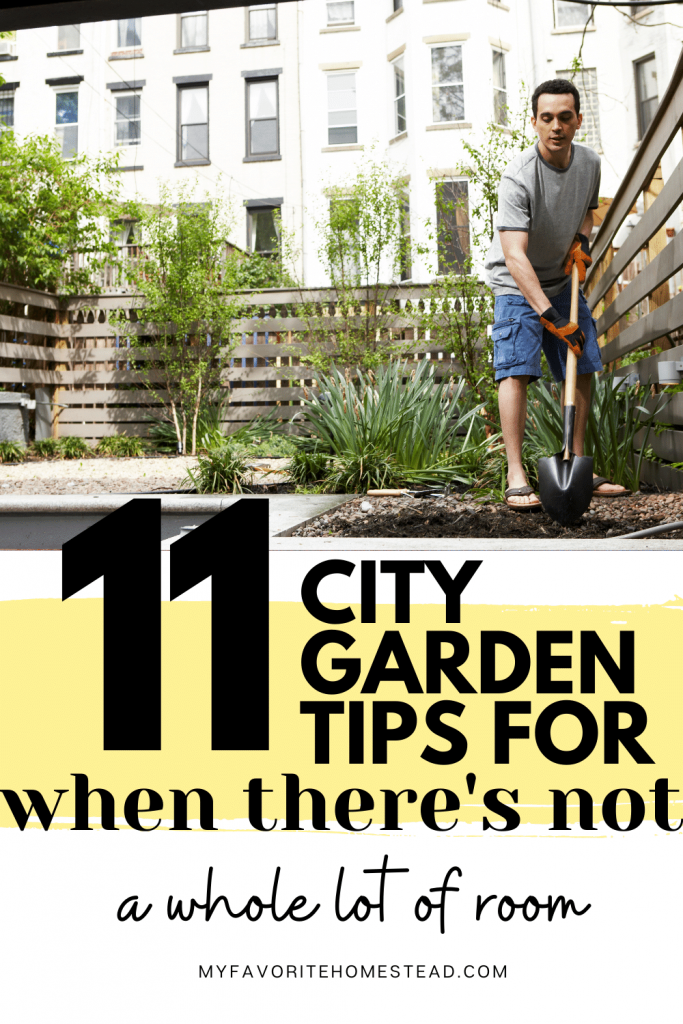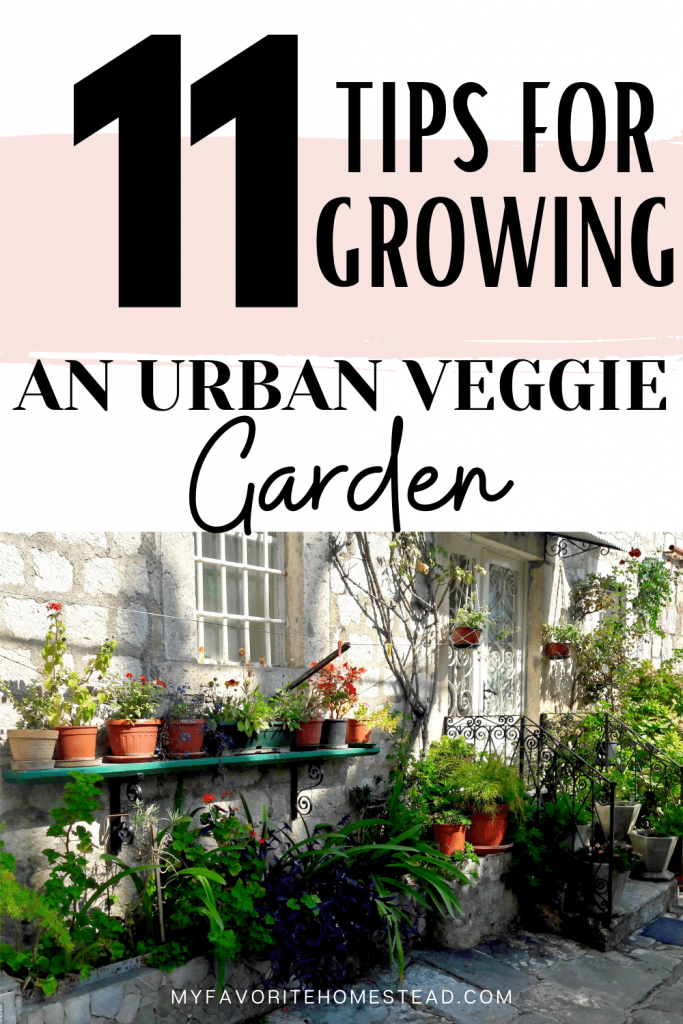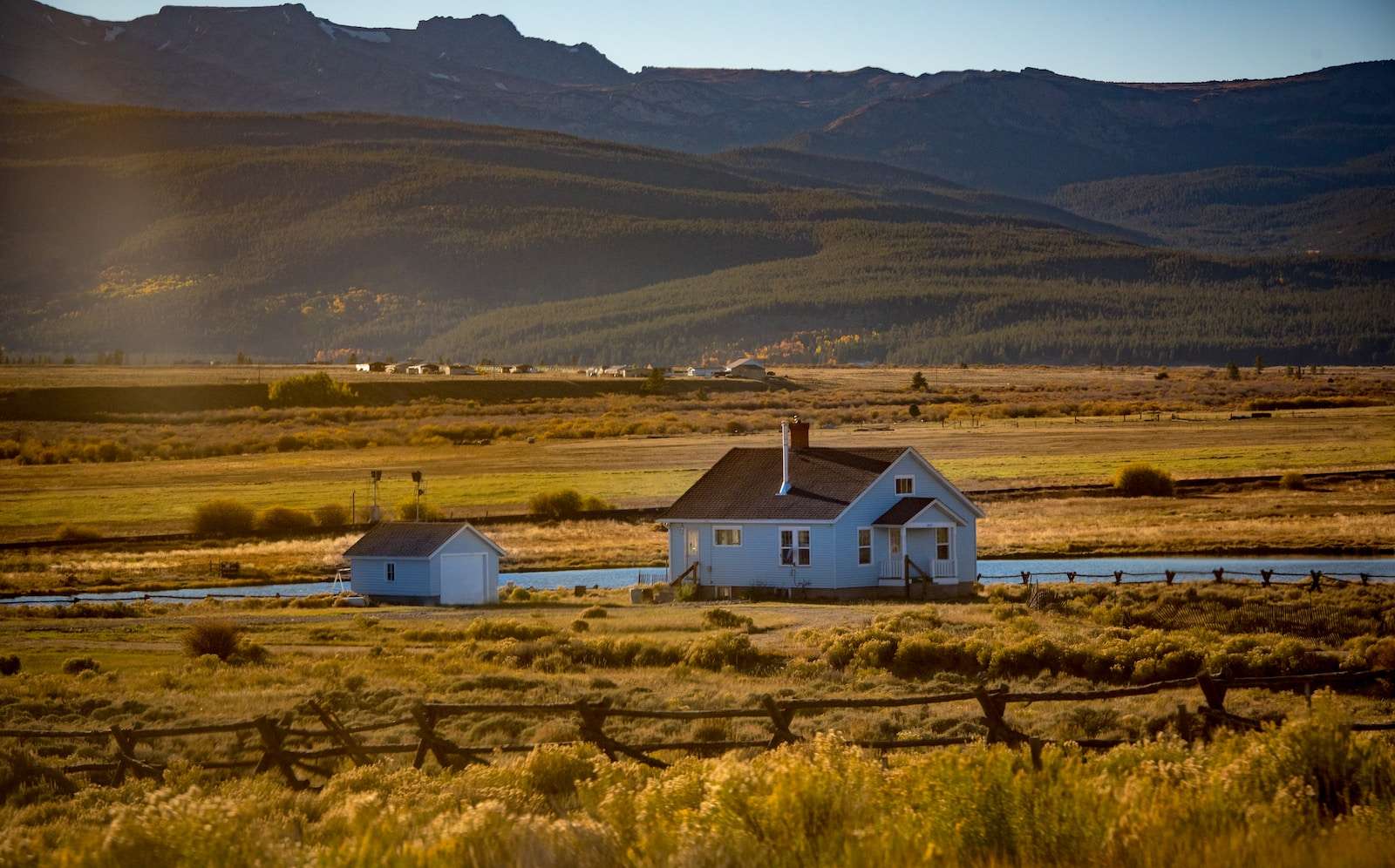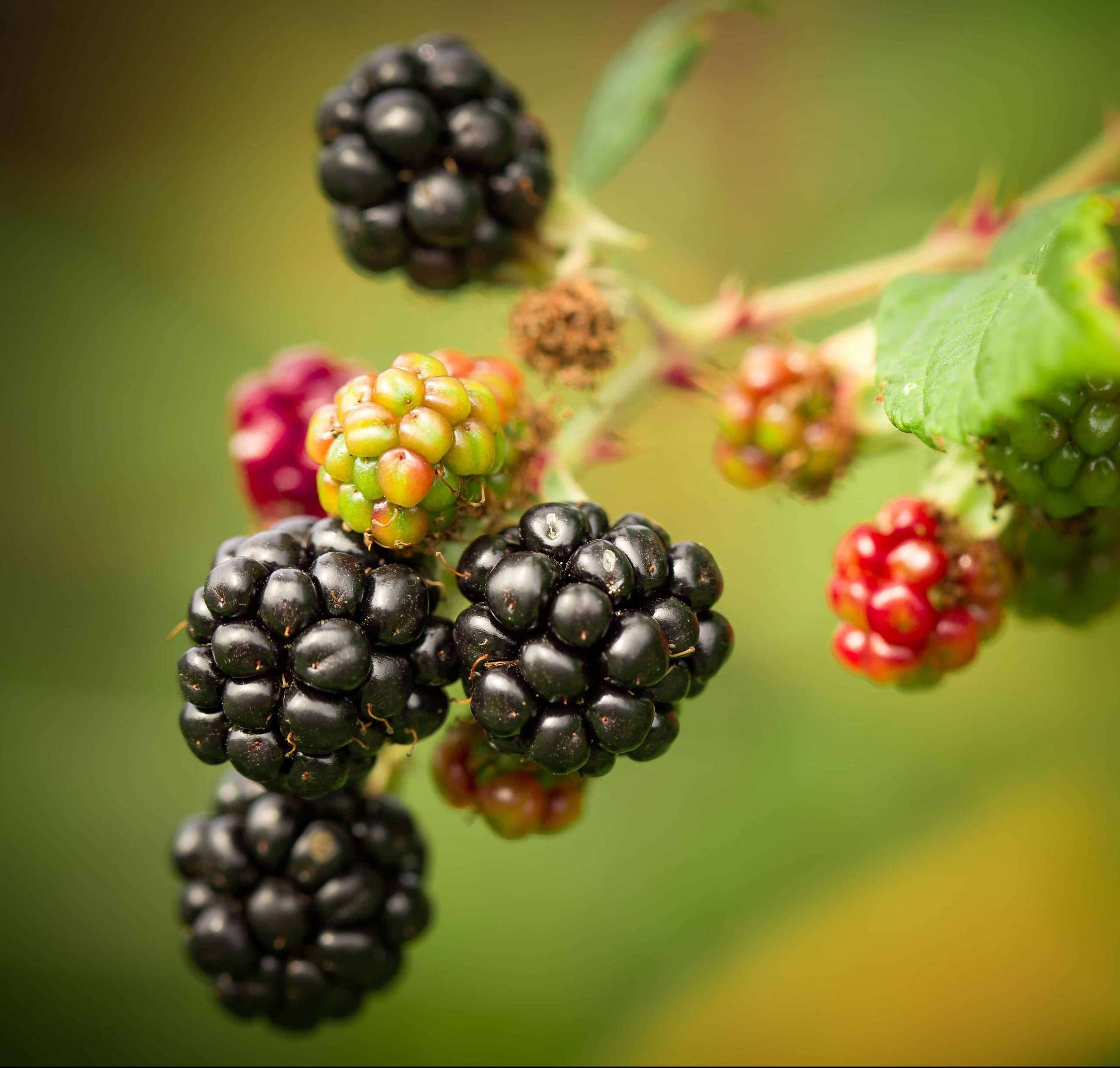Urban Homestead: Grow a Veggie Garden
Starting an urban homestead is a great way to add fresh, delicious vegetables to your diet. With the right know-how and some creativity, you can grow the perfect veggie garden even if you live in an apartment with limited space. This blog post will go over 11 steps that will help you grow a delicious vegetable garden in an urban setting!
Learn more about starting a small homestead.
The more you learn about gardening in an urban setting, the better off you will be. The most important thing is to remain flexible and adjust as needed. A vegetable garden can take some time before it produces a harvestable amount of vegetables- so don’t give up on them too early. Now for some tips!
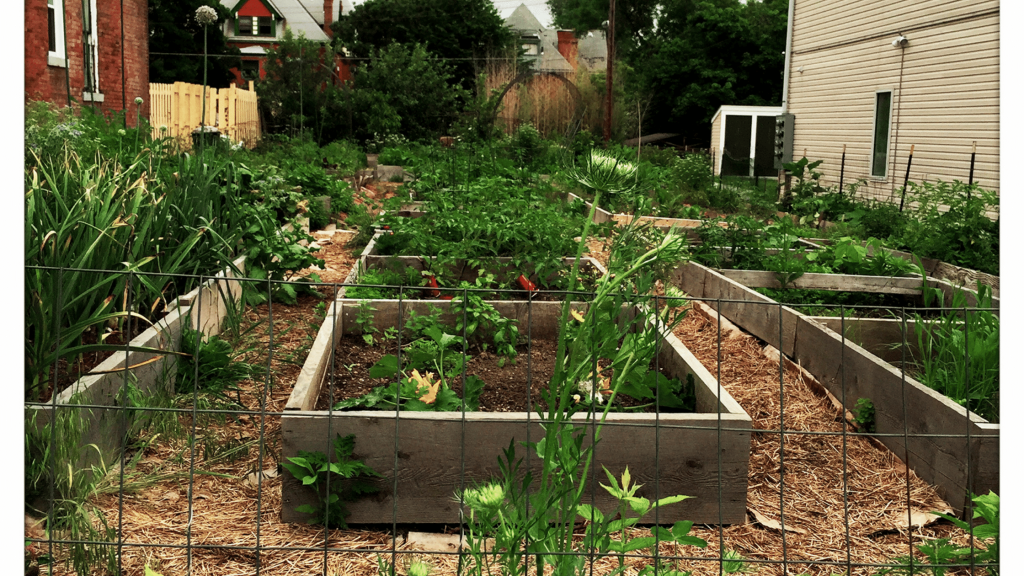
Tip #1: Create a Rain Garden
Create your rain garden by planting plants that naturally help absorb water around your house like trees or shrubs with large leaves; this will not only lower water usage but also promote natural cooling from evaporation during hot summer days (and make your home look great). You could alternatively, irrigate your garden with rainwater by installing a water barrel to collect it.
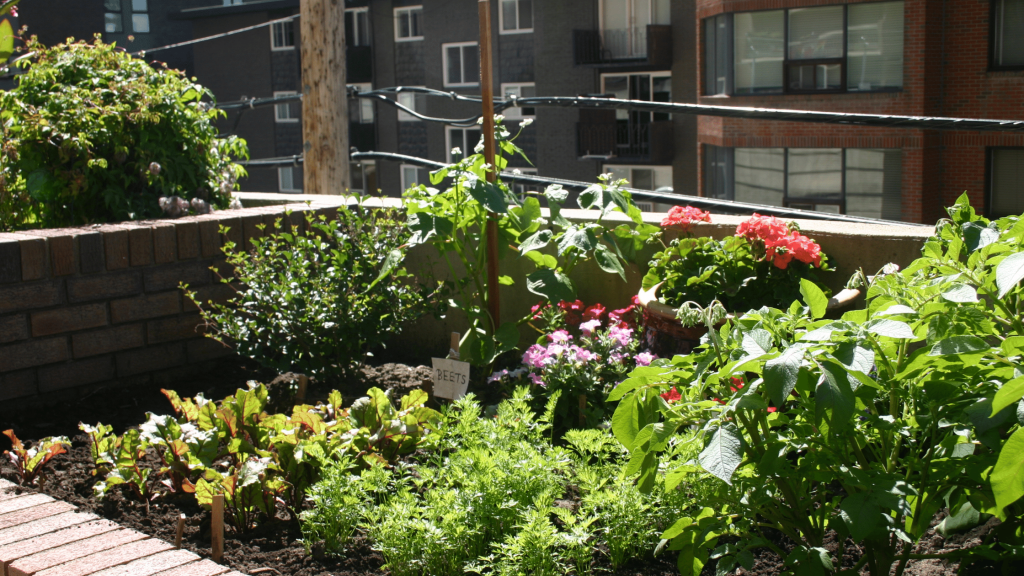
Tip #2: Plant Nitrogen-fixing Plants
An essential nutrient for plant growth is nitrogen. This nutrient is lacking in a lot of urban homesteads, but never fear. There are many plants that can fix atmospheric nitrogen by converting it into a form that the plant needs – these are known as “nitrogen fixing” plants. Add these beneficial plants to your small garden to add the nitrogen you need in your little homestead. Learn more about nitrogen fixing plants here.

Tip #3: Introduce Natural Predators in and Urban Homestead
Maintaining the balance of life is important for any ecosystem, and that includes our urban gardens! Naturally occurring pests are an unavoidable reality when it comes to gardening – but there are ways we can control them. Introducing natural predators like ladybugs and praying mantises can help control pests in your garden without the use of harmful chemicals, making for a healthier environment!
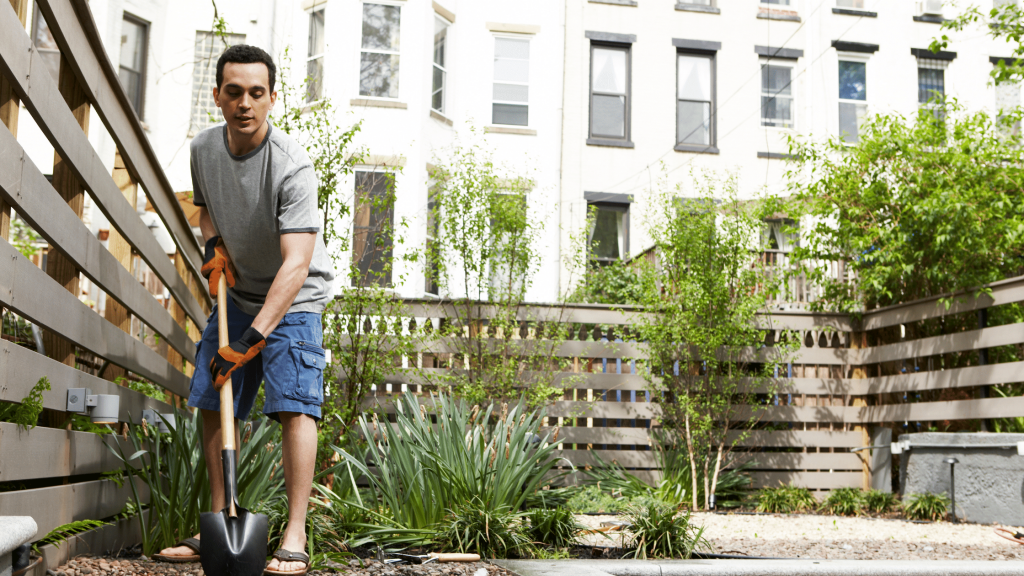
Tip #4: Know How to Identify Common Problems
It’s important to know why you’re doing everything that you do when it comes to gardening – otherwise, you’ll be in the dark if something goes wrong. Knowing what problems are common for urban gardens is a great place to start, and will help you save time when trying to figure out how to fix an issue!
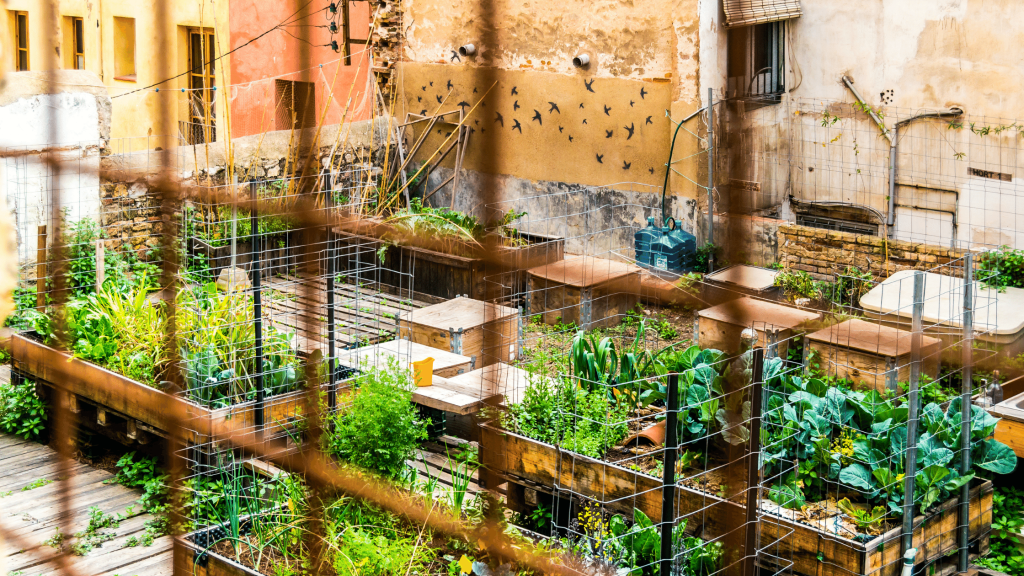
Tip #5: Plant Vegetables that Grow Close Together
If your garden has limited space like ours does, it’s important that you plant vegetables with similar needs close together. You’ll cut down on time spent weeding or harvesting, and get to enjoy more of your delicious veggies!

Tip #6: Your Urban Homestead Needs Lots of Variety
Another great thing about urban gardening is the flexibility it allows in the types of plants you can grow – especially when it comes to different vegetables. Try planting some of the following plants and see which ones work best in your urban garden.
- Lettuce
- Garlic
- Pole beans on a trellis
- Peas on a trellis
- Potatoes in a barrel
- Tomatoes
- Cucumbers on a trellis
- Herbs

Tip #7: Plant Favorites
If you’re a fan of certain foods, try growing them yourself! Find out what types of seeds or seedlings are available at your local home improvement store or nursery – they might even have a section devoted just to urban gardening.

Tip #8: Grow Your Own Herbs
Add flavor and color to any dish with fresh herbs from your own garden. You can even grow an herb garden indoors if you’re not lucky enough to live in a place with lots of outside space – most kitchen windowsill gardens are small and compact, and can be easily moved around.

Tip #9: Build a Raised Bed for an Urban Homestead
If you have limited space like we do, building your own raised garden bed is the perfect solution for high-yielding veggies! Raised beds are easy to construct with just some wood or cinder blocks that you find in any home improvement store. You can even build a waist-high, narrow bed that will fit perfectly on a balcony or small patio area.

Tip #10: Plant Lots of Garlic
Garlic is a wonderful vegetable that’s perfect for adding flavor to both sweet and savory dishes – but it also doubles as an all-natural pest deterrent! Another bonus, garlic can be harvested throughout the year because it stores well in any environment. Try planting garlic in a small bed and see how easy it is to grow!

Tip #11: Plant a Fruit Tree in a Container
If you have the room, planting a fruit-bearing plant like an apple or pear is another way to give your garden variety while providing yourself with fresh ingredients for baking and cooking! Dwarf varieties work best in containers. Make sure the container or pot is large enough to provide the nutrients the plant needs. Be sure to find out what types of trees are available for planting in your area beforehand – some might need more water than others, or require a specific type of soil.
In summary, there are several tips for growing a delicious vegetable garden even if you are attempting this in and urban homestead. The key is finding the right plants for your space and knowing how they need to be cared for. In this post we covered some tips to help you get started! If any of these have helped you or if you have any other thoughts on gardening in the city, let us know in the comments below!

You might also like:


